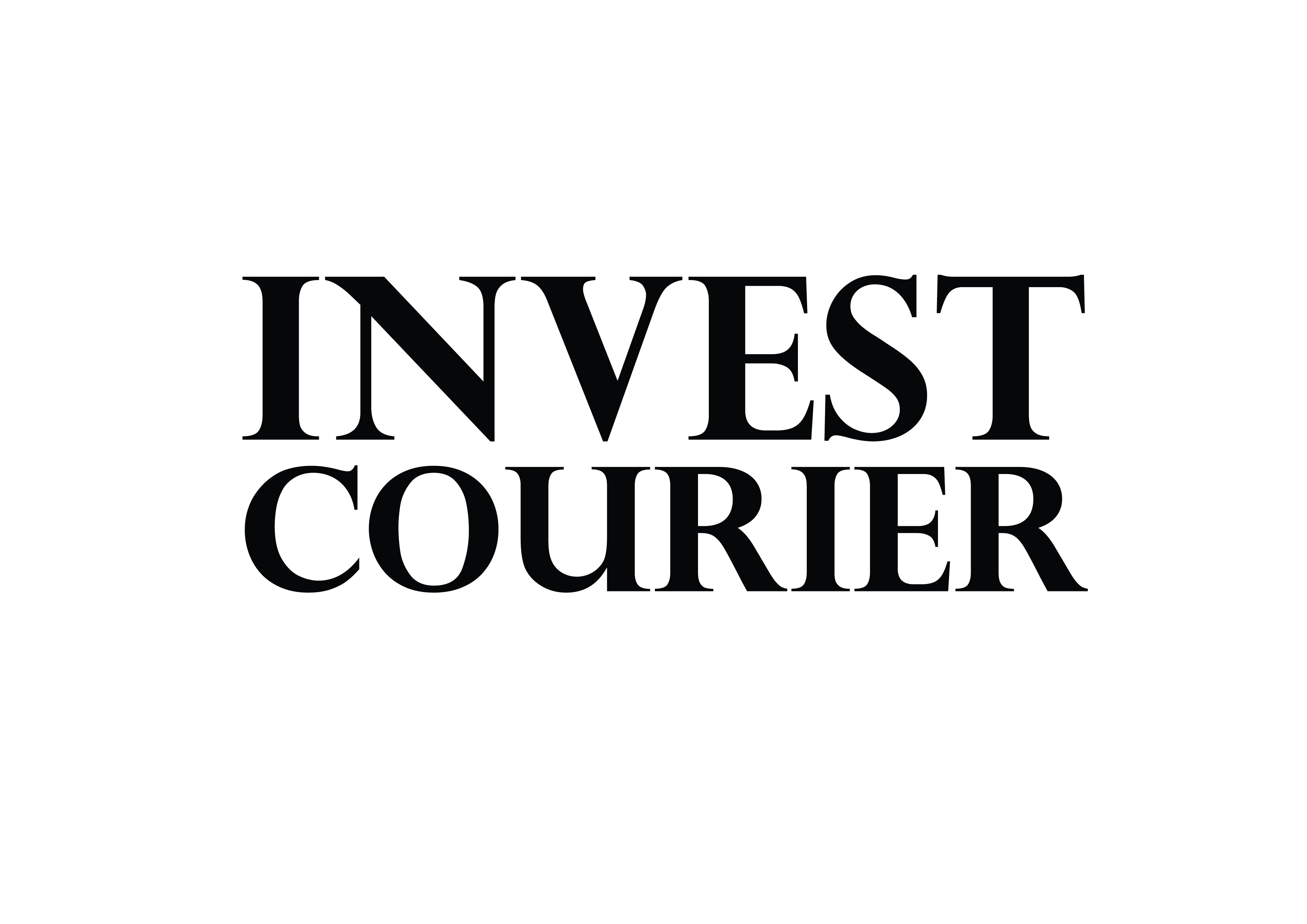High-yield bonds, often called “junk bonds,” can be a smart addition to your portfolio. They bridge the gap between stocks and traditional fixed-income investments, offering stronger returns than government bonds while maintaining lower volatility than equities. With a $2.3 trillion global market, these assets are gaining traction among investors.
Contrary to outdated perceptions, most issuers today maintain stable credit ratings. Historical data shows an average default rate of just 3.8%, with recovery rates often hitting 40-50%. This makes them more resilient than many assume.
These bonds shine in two ways: monthly income and capital appreciation potential. Sectors like energy (35%), healthcare (22%), and tech (18%) dominate the market, providing diversification opportunities. For those building retirement portfolios, they’re becoming a key tool for generating yield.
Ready to explore further? Check out our guide on bond investing strategies to refine your approach.
Key Takeaways
- High-yield bonds offer returns between stocks and traditional fixed income.
- The global market has grown to $2.3 trillion, with stable ratings for most issuers.
- Default rates average 3.8%, with solid recovery rates of 40-50%.
- They provide monthly income and potential for capital growth.
- Popular sectors include energy, healthcare, and technology.
What Are High-Yield Bonds?
Not all bonds are created equal—some pack more punch with higher returns. These are called high-yield bonds, but you might know them as “junk bonds.” They’re issued by companies or governments with lower credit scores, offering bigger payouts to compensate for extra risk.
Defining the “Junk Bond” Market
The bond market labels these as “junk” because they fall below investment grade. But don’t let the name fool you. Over 68% are purpose-issued by growing firms, not downgraded “fallen angels.” Sectors like healthcare (up 22% in 2024) and tech dominate this space.
Key features:
- Higher rates: Pay 2-3x more than government bonds.
- Call protections: Most can’t be repaid early for 4-5 years.
- Priority in defaults: Bondholders get paid before shareholders.
How Credit Ratings Determine High-Yield Status
Major agencies like Moody’s and S&P set the bar. If a bond scores below these, it’s high-yield:
- Moody’s: Below Baa3
- S&P/Fitch: Below BB+
In 2023, 92% of these bonds kept paying on time. Even if a company stumbles, recovery rates often hit 40-50%. That’s why savvy investors mix them into portfolios for balance.
Why High-Yield Bonds Matter in Your Portfolio
Adding high-yield bonds to your mix can unlock unique benefits. They balance risk and reward while boosting income potential. Let’s explore how they enhance your strategy.
Diversification Benefits
These bonds shine during market stress. In 2020, equities dropped 34%, but high-yield bonds fell just 15%. Their low correlation (0.32) to Treasuries adds stability.
Top wealth managers recommend a 10-20% allocation. This cushions against volatility while capturing 7.4% average yield since 2004.
Comparing Returns to Other Asset Classes
High-yield bonds outperform with a Sharpe ratio of 0.67. Investment-grade bonds trail at 0.52. The current spread? 380 basis points over corporates.
They’re less rate-sensitive too. Average duration is 4.2 years vs. 8.1 for aggregates. Energy sector bonds now offer 9.2% yield, perfect for tactical moves.
Liquidity concerns? Forget them. Daily trading volume hits $28B—enough to ease entry and exit.
Understanding the Risks and Rewards of High-Yield Bonds
Yield-starved investors are turning to this asset class for compelling reasons. The current 420 basis point spread over investment-grade corporates creates income opportunities you won’t find elsewhere. In 2024, the ICE Index shows an 8.3% total return—proof that smart positioning pays.

Key Advantages: Higher Income and Equity-Like Returns
Your portfolio gets dual benefits here. First, monthly cash flow averaging 7-9% yields. Second, price appreciation potential when markets rally. Take ABC Energy bonds—they gained 22% during last year’s oil recovery.
Why this works: These instruments often rebound faster than stocks after downturns. The average recovery timeline? Just 18 months versus 3+ years for equities.
Capital Appreciation Potential
Not all gains come from coupon payments. Some bonds jump in value when companies improve. Already in 2024, 18 issuers upgraded to investment-grade status.
Pro tip: Focus on sectors with tailwinds. Healthcare bonds show default rates below 2%, while retail struggles at 6%. Choose wisely, and your principal could grow.
Priority Over Shareholders in Defaults
If trouble hits, bondholders get paid first. Senior secured issues recover 47% on average—far better than unsecured debt at 32%. This safety net matters when evaluating risk.
“High-yield investors enjoy structural advantages that equity holders don’t—especially during restructuring.”
Most new issues (73%) include call protections for 5 years. This gives your investment time to mature before companies can refinance at lower rates.
The Hidden Risks You Need to Know
Smart investors always weigh potential gains against possible pitfalls in the bond market. While high-yield instruments offer attractive income, they carry specific vulnerabilities that require careful consideration.
Default Rates and Economic Sensitivity
Credit quality remains the biggest concern. Moody’s forecasts a 3.1% default rate for 2024—low historically but still meaningful. During the 2008 crisis, defaults peaked at 14.7%, showing how economic shifts matter.
Cyclical sectors account for 40% of defaults. Energy and retail face particular pressure during downturns. With $450B maturing through 2026, refinancing risks loom as rates rise.
Watch for:
- Sector concentrations (65% of new issues lack strong covenants)
- Geopolitical impacts on commodity prices
- Upcoming maturity walls
Liquidity Challenges and Market Volatility
These bonds trade with wider spreads—1.25% versus 0.35% for investment-grade. When panic hits like March 2020, buyers vanish quickly. Daily volume helps, but exits get tough during crises.
Price swings average 8.7% annually. That’s less than stocks (19.2%) but more than Treasuries. Sector-specific shocks can hit hard—energy bonds dropped 23% during the 2020 oil crash.
“Liquidity evaporates fastest when you need it most—build cushions before storms hit.”
Smart moves include laddering maturities and keeping dry powder. This lets you avoid forced sales during rough patches while capturing opportunities.
How to Invest in High-Yield Bonds Wisely
Building wealth with high-yield bonds requires strategy, not just chasing yields. Focus on credit health, sector trends, and smart allocation to maximize returns while managing risk.
Researching Issuers and Sectors
Start with a 5-point credit analysis:
- Cash flow stability: Can the issuer cover payments during downturns?
- Debt-to-EBITDA ratio: Below 4x is ideal for most sectors.
- Sector momentum: Healthcare (28% institutional ownership) and tech (22%) outperform.
- Covenant quality: Prefer bonds with restrictions on additional borrowing.
- Management track record: Avoid issuers with frequent leadership changes.
Energy bonds offer 9.2% yields but carry volatility. Limit exposure to 3% per issuer to avoid concentration risk.
Balancing Risk with Portfolio Allocation
For moderate-risk profiles, allocate 5–15% of your portfolio. Use laddering to smooth out interest-rate changes:
| Maturity Year | 2024 Yield | Strategy |
|---|---|---|
| 2026 | 7.1% | Short-term income |
| 2029 | 8.3% | Capital appreciation |
| 2032 | 7.9% | Diversified duration |
Active funds beat passive 73% of the time, but ETFs like HYG ($1.4B daily volume) offer liquidity. Match durations to your goals—4.2 years is the sweet spot for flexibility.
“High-yield investing isn’t about avoiding risk—it’s about pricing it correctly.”
Conclusion
Balancing risk-reward in your portfolio requires smart choices. High-yield instruments offer 6.2% historical returns with 3.1% default rates—numbers worth considering.
Stay research-focused. Monitor Fed policies and sector trends like green bonds gaining traction. Dollar-cost averaging helps smooth entry points.
Remember interest rate sensitivity. These bonds react faster to economic shifts than traditional fixed income. For tailored investment decisions, check our market strategies guide.
Done right, they boost yield without excess volatility. Start small, stay diversified, and watch your income grow.
FAQ
What makes a bond "high-yield"?
High-yield bonds, often called “junk bonds,” are issued by companies with lower credit ratings. They pay higher interest to compensate for the increased risk of default.
How do credit ratings affect bond yields?
Lower-rated bonds, like those below BBB-, offer higher yields because investors demand more return for taking on extra risk. Ratings reflect an issuer’s financial health.
Why include high-yield bonds in a portfolio?
They can boost income and diversify holdings. Their performance often differs from stocks and investment-grade bonds, smoothing overall returns.
What are the biggest risks with high-yield bonds?
Default risk rises during economic downturns. These bonds also face liquidity issues, making them harder to sell quickly without price drops.
How do high-yield bonds compare to stocks?
They offer equity-like returns with less volatility. Bondholders also get paid before shareholders if a company goes bankrupt.
What’s the best way to invest in high-yield bonds?
Research issuers carefully and focus on stable sectors. Limit exposure to a small part of your portfolio to manage risk.


